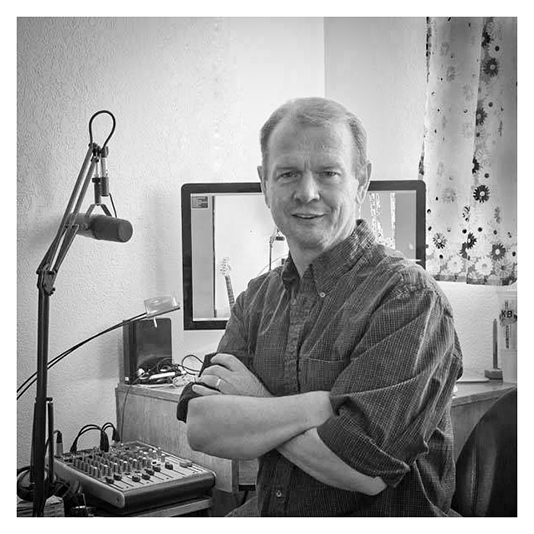Just because winter is upon us doesn’t mean we have to give up photography until the weather turns nice again. It does mean that we need to take a few extra steps to be prepared for shooting winter photography If you are a night sky photographer, some of these things are already second nature to you. Let’s face it, it can be cold at night anytime of year.
First and foremost it is important to keep yourself and your gear warm and dry. When shooting winter photography, it is important to be well prepared and comfortable. This goes a long way toward being productive when shooting in the snow. So how do you go about it? How does one actually make great images in this drastically different world?
I have put together a few tips for making the most of the unusual photographic opportunities that you will encounter when the world is covered in the white stuff.
Look for Color
When snow blankets your shooting environment everything turns—obviously—white. The few bits of foliage and trees that do peek out at us are very often shown in muted shades of browns and grays. The good news is that anything of color simply jumps off the page. Finding elements of color—blue skies, bright structures, whatever it may be— are great way to make interesting photos in snow. Of course one of the best ways to make a sky more vibrant is to use a polarizer. Decisions about which polarizer to use are also key. For me, I avoid a circular polarizers when shooting wider angle shots to avoid unwanted vignetting. I absolutely love the “Heliopan” linear polarizing filter. With this filter on my lens it helps to minimize stray reflections and glare that can suck the color and contrast right out of my image.
Be Cognizant of Contrast
That white blanket that is covering everything creates these low-contrast scenarios. This means you want to do one of a couple of things: go with it and make high-key, low contrast photos full of light, bright tones in which any small element that differs will really stand out. Or, take the opposite approach and look for ways to make high-contrast shots by focusing in on anything that stands out from the white. Bright sunlight is very helpful for this as it makes for great shadows. Shadows of course, are dark. Darkness of course, contrasts with light. Simple! One great technique to create a high-contrast shot in snow is to look for areas of shadow that can be used as a dark background with a brightly sunlit subject standing out against it in the foreground.
Look for Edges of Light
The scenario just described—shadowed background with sunlit foreground—is a good example of an “edge of light.” These transition areas where sunlight and shadow meet not only work well for this high-contrast purpose, but they can also create subjects in and of themselves. For instance, a patterned shadow against a snowy background typically makes for a strong composition. A different type of “edge” to look for is the light at the edges of the day—sunrise and sunset. These magic hours with low-angled, warm-colored light are a great way to fight the bland flatness that can prevail in snowy scenes, particularly on lightly overcast days.
Compensate for Sun and Snow
Whether you’re photographing a downhill skier or a sunrise landscape, remember that your camera’s TTL exposure meter is going to get it wrong. Why? Because you’re photographing a bright white scene and your camera is going to try to turn it gray. To compensate, program or auto mode shooters should consider using exposure compensation at +1 or even +1.5 stops (depending on how bright the scene is) to tell the camera you want the snow lighter than middle gray.
Manual shooters should consider shooting somewhere in the neighborhood of ƒ/16 at 1/250th at ISO 100 or its equivalent. This is a full stop darker than a basic daylight exposure under normal conditions, which should ensure you won’t make a terrible over- or underexposure in a snowy scene on a sunny day. By the way, this is another opportunity to capitalize on the benefits of RAW image files. They provide notably more exposure latitude, so if you do blow out or underexpose a bright snowy scene you have a better chance of bringing it back in post. Personally, I err on the side of caution. Data in an overblown image is just generally not there. When in doubt, check you histogram. If you don’t yet understand your histogram, take some time to understand this valuable tool.
Don’t Delay
Think like a snow skier. There’s nothing better than fresh powder, right? The same is true for photographers. If you’re looking to make a truly beautiful image of snow, you simply cannot wait. Time is of the essence. Not only do you run the risk of the snow beginning to melt as the sun gets high in the sky and the temperature warms, but you also run the risk of other people stomping through your scene and ruining the clean snow.
There’s nothing prettier than fresh, unblemished snow, but if you are faced with tracks—maybe even the ones you made—consider using them as a compositional element. They can make for great leading lines to draw the viewer to the center of interest, and they can become a very strong compositional element leading the viewer’s eyes through the scene. To exaggerate the effect, get down low to get close to the tracks and make them appear more pronounced in the scene.
Final Thoughts
The point is if you want to take advantage of beautiful snow, you’ve got to get out while it’s fresh. It may be warm and cozy in your bed, but the prettiest pictures are happening out there when the sun is coming up to reveal a landscape blanketed with newly fallen snow.






